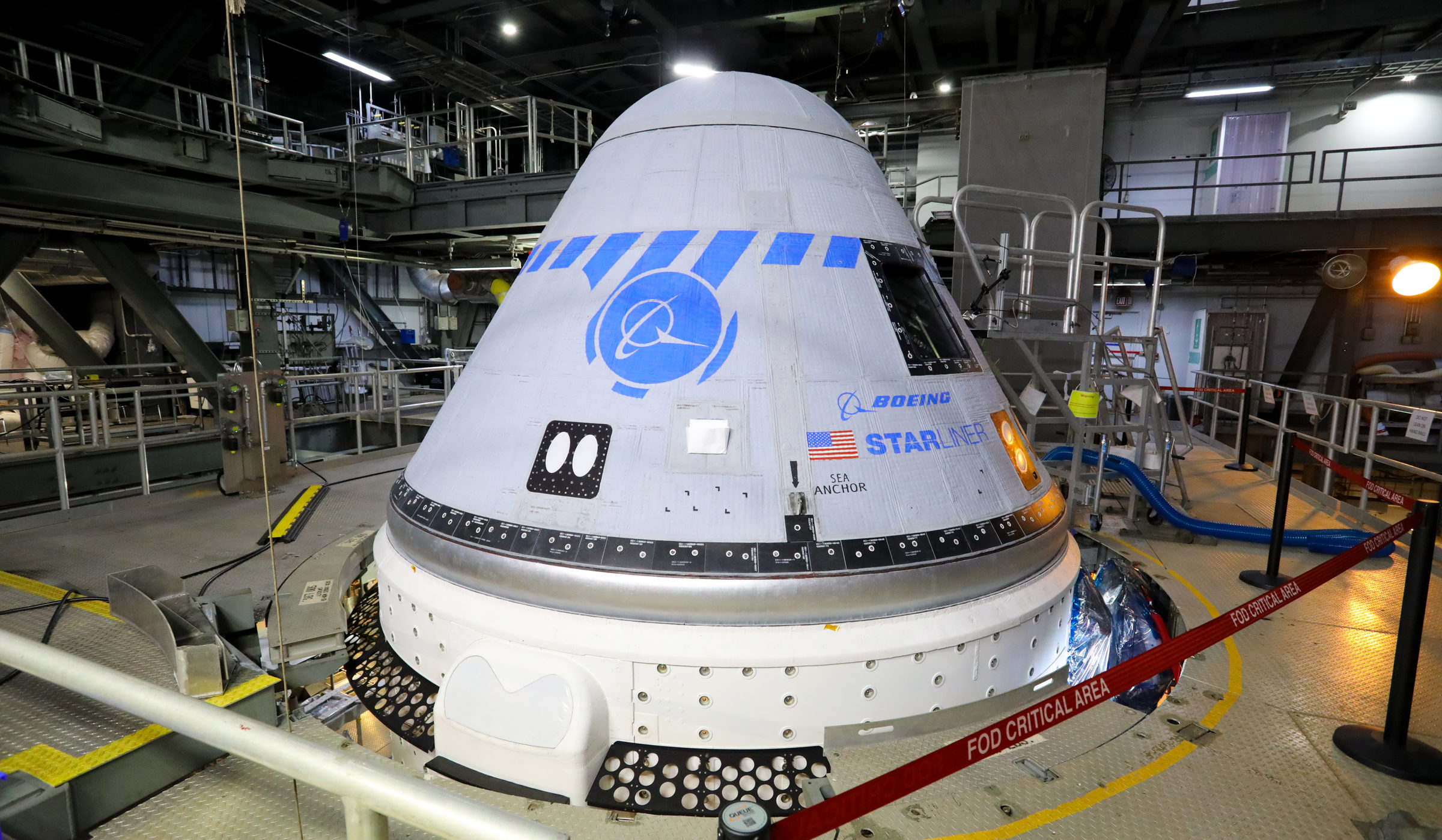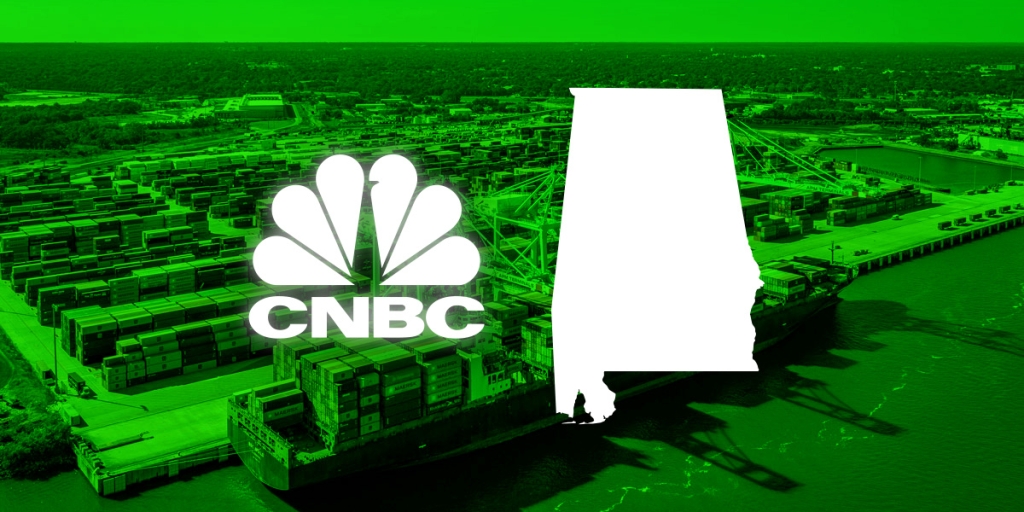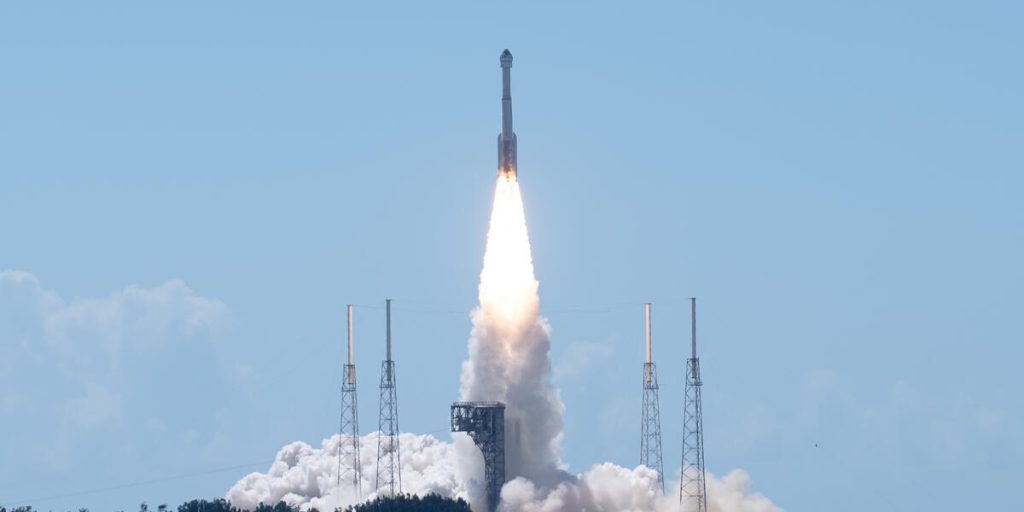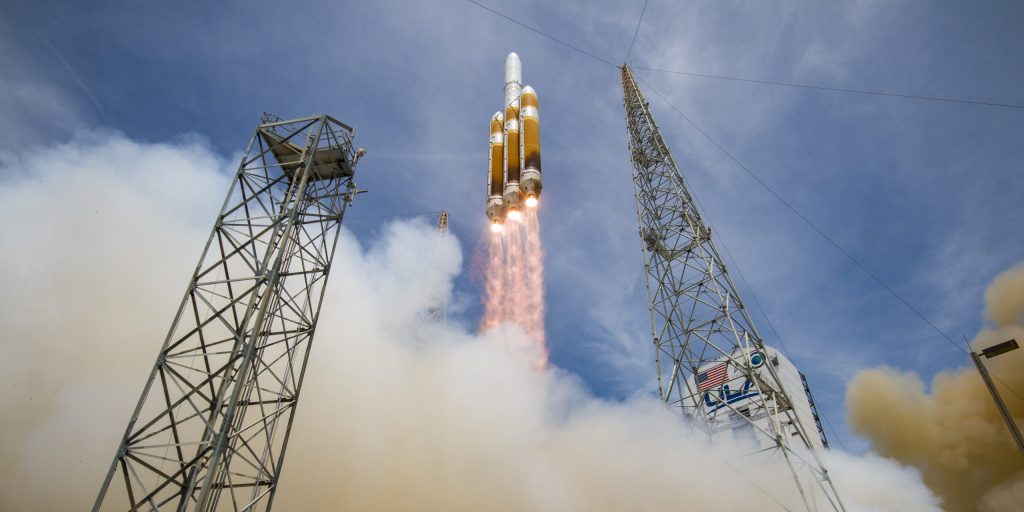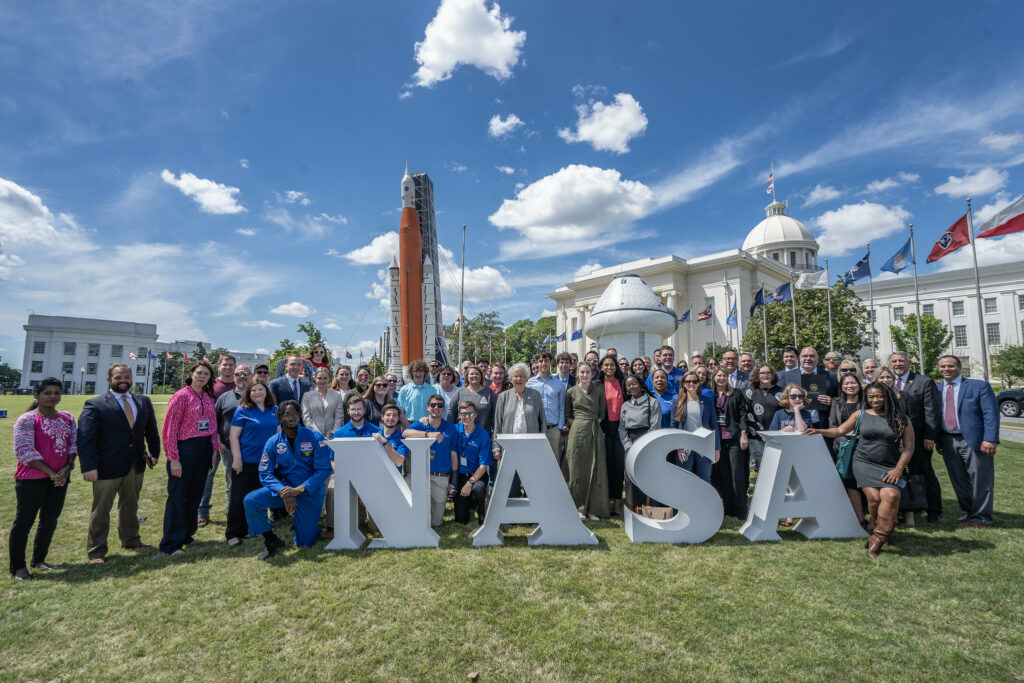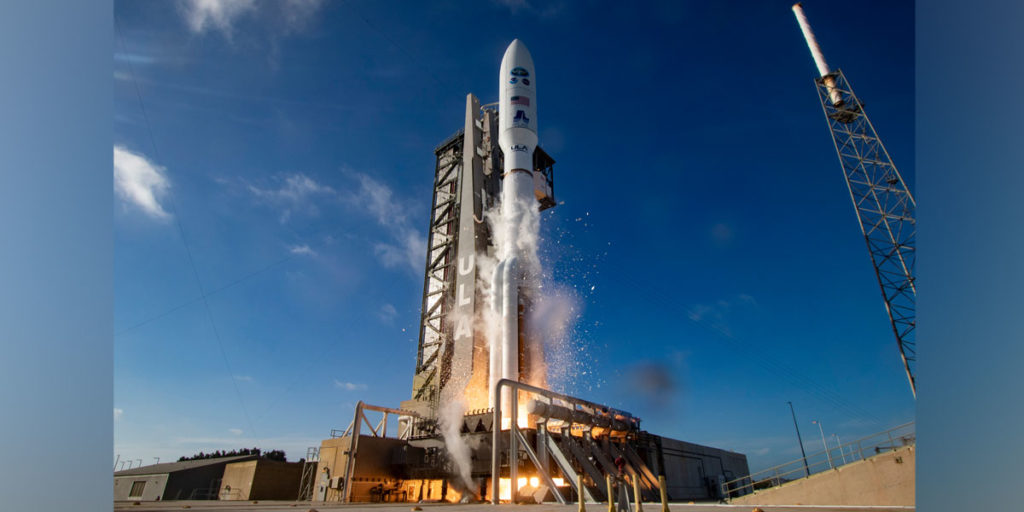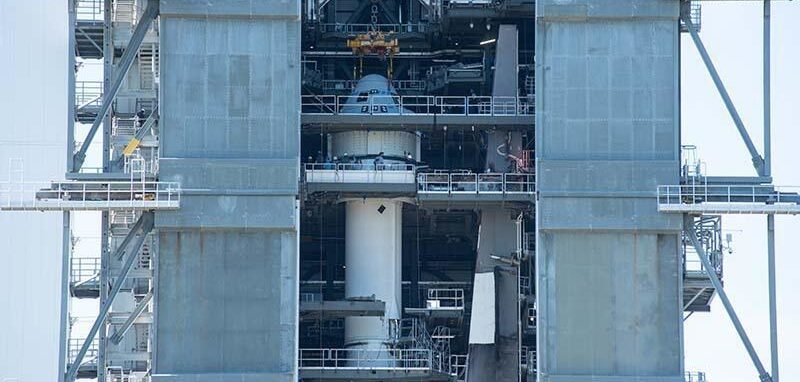Boeing’s Starliner space capsule will have to wait a little longer until it returns to space.
The company announced on Friday that it was “de-stacking” the spacecraft from atop the United Launch Alliance (ULA) Atlas V rocket and sending it back to the factory for more troubleshooting.
NASA and Boeing had hoped that a second Orbital Flight Test (OFT-2) would ready the Starliner for a manned mission to the International Space Station (ISS) later this year.
The Starliner had been cleared for launch last week, but the mission was scrubbed upon discovery of problems with four propulsion system valves.
“Mission success in human spaceflight depends on thousands of factors coming together at the right time,” said John Vollmer, vice president and program manager, Boeing’s Commercial Crew Program. “We’ll continue to work the issue from the Starliner factory and have decided to stand down for this launch window to make way for other national priority missions.”
NASA, Boeing and ULA will have to jointly agree upon a new launch date following resolution of the valve problem.
Boeing’s design center in Huntsville has provided all of the structural design for the Starliner, while its Phantom Works division, which has an operation in Huntsville, has provided the power systems for the capsule.
The Atlas V set to carry Starliner was built at ULA’s 1.6 million square foot manufacturing facility in Decatur.
Establishing Starliner as a qualified spacecraft to carry astronauts to the ISS is essential to NASA’s Commercial Crew Program, according to the program’s manager, Steve Stich.
“It is very important for the commercial crew program to have two space transportation systems,” he said prior to the scheduled launch. “This will be the second of those.”
SpaceX’s Dragon is already qualified for the program and has flown with crew. It returned to Earth from its most recent mission to the ISS on July 9.
In an effort to maximize the testing opportunities of the flight, ULA’s Atlas V rocket had been configured exactly the same as it will be for crewed flights.
Tim Howe is an owner of Yellowhammer Multimedia




